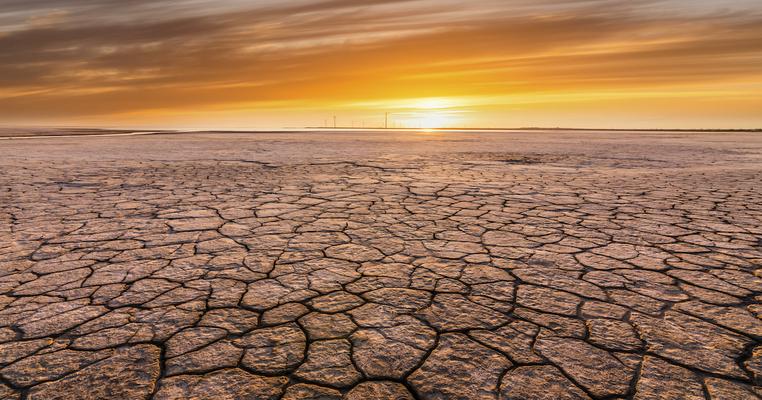
The Now-or-Never Climate Conference Begins
The stakes – and expectations – were always going to be impossibly high at the UN’s COP 26 climate summit in Glasgow.
After all, this was the year when Nature’s warnings on the climate crisis reached deafening volume. The year when record-breaking heatwaves, wildfires, and hurricanes meant nearly one-third of Americans lived through a climate disaster in a single summer. The year when floods swallowed whole streets and killed hundreds in Germany and Belgium. When climate-fueled drought led to famine in Madagascar. And on and on and on.
Then in August, just to underscore the point, the UN’s own Intergovernmental Panel on Climate Change released a report on the latest climate science and our future in a warming world so alarming UN Secretary-General António Guterres called it as “a code red for humanity.”
The only question was, how would world leaders respond?
In the opening couple days at COP 26 – hailed as “humanity’s last, best hope” for holding warming below the 1.5 degree danger line – we got an answer. Or something like it.
“Excellencies, we face a moment of truth,” Secretary-General Guterres told leaders at the opening, “On behalf of this and future generations, I urge you: Choose ambition. Choose solidarity. Choose to safeguard our future and save humanity.”
Others hit similar notes. US President Joe Biden told the audience, “We meet with the eyes of history upon us and profound questions before us,” promising the US “would lead by example.” Brianna Fruean, a 23-year old Samoan activist spoke for many Pacific Islanders telling leaders, “We are not drowning. We are fighting.”
There were more. But what matters most in the World Leaders Summit that marks the first two days of COP 26 isn’t the poetry of speeches but the prose of firm commitments to action.
These commitments aren’t the sum total of COP business, and over the rest of these two weeks, negotiators will work to try and reach agreement on more aggressive deals on emissions reductions, financing for developing nations, and more.
What they do provide is a starting place and a sense of what we might be able to achieve. And that sense is, judging by these opening days, mixed. Climate Reality’s international team is on the ground, watching negotiations – at least as closely as COVID restrictions permit – and shared their read on the key events and themes that have emerged so far.
Leaders are talking big – but not yet delivering real plans for action
- The good: Many countries are making net zero pledges.
- The bad: Few have concrete plans for how they get there.
- The really bad: Together these pledges won’t hold global warming to 1.5º C.
Big Polluters and major institutions are dropping the ball
- Brazil committed to . . . effectively the same emissions cuts as in 2015.
- Australia is counting on technology that doesn’t exist yet to meet its 2050 goal.
- India strengthened its 2030 commitments but pledged to reach net zero by 2070, a good signal but far too late to prevent catastrophe.
- 10 multinational development banks promised to act in line with 1.5º C, without providing details or limiting fossil fuels.
Access and accountability are an issue
- COVID travel restrictions mean that one-third of leaders from Pacific Island nations suffering some of the worst climate impacts can’t attend COP 26.
- COVID restrictions have prevented most Indigenous and civil society observers from attending negotiations, limiting oversight and accountability.
Cause for hope: Forests are finally getting the attention they deserve
- Over 100 countries with 85% of the world’s forest cover pledged to end deforestation by 2030.
- Critically, the pledge comes with $19.4 billion in funding.
- The challenge is to ensure these efforts don’t displace Indigenous communities or lead to human rights abuses or land grabs.
Cause for hope: Some real progress is happening
- More than 100 countries have joined the Global Methane Pledge with $300 million in funding to cut dangerous methane emissions.
- The US EPA announced bold rules to cut methane emissions at home.
- New commitments mean the developed world could reach the goal of $100 billion for climate finance for developing nations a year early in 2022.
- Wealthy nations and billionaires promise billions to support green tech, end deforestation, end coal use, and more but much more is needed.
There’s more to come at COP 26 and we’ll be there to observe and tell the story of this critical summit. To stay up to date with the latest from COP 26 and the global climate fight, subscribe to our email activist list today.

